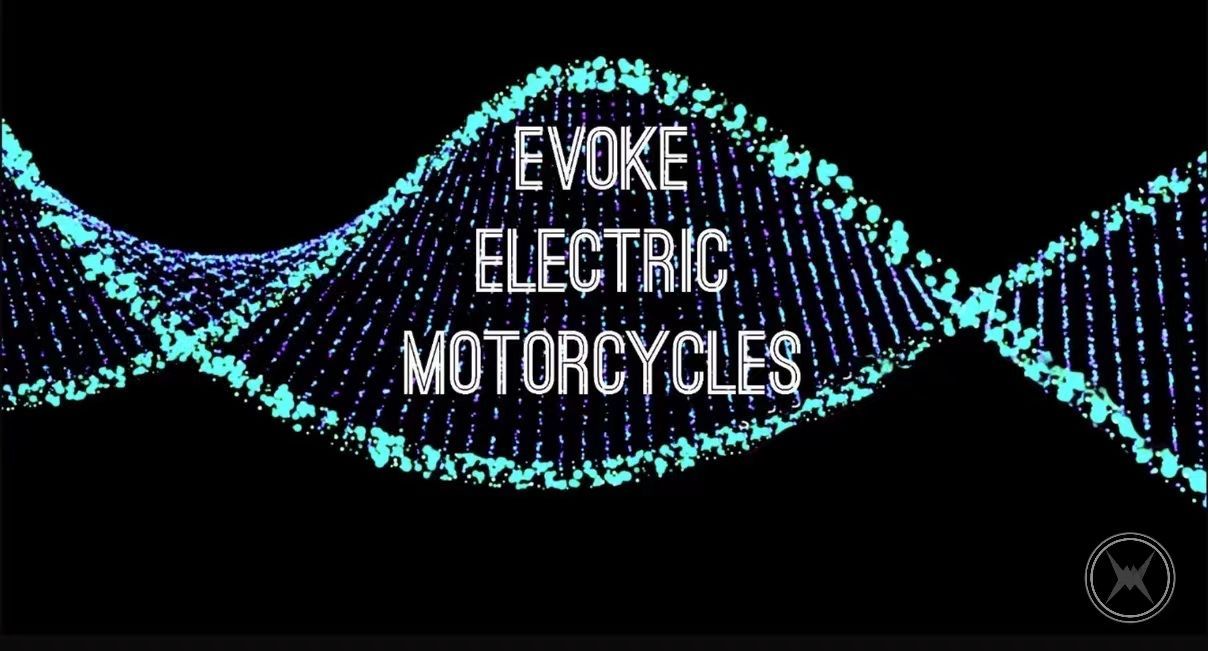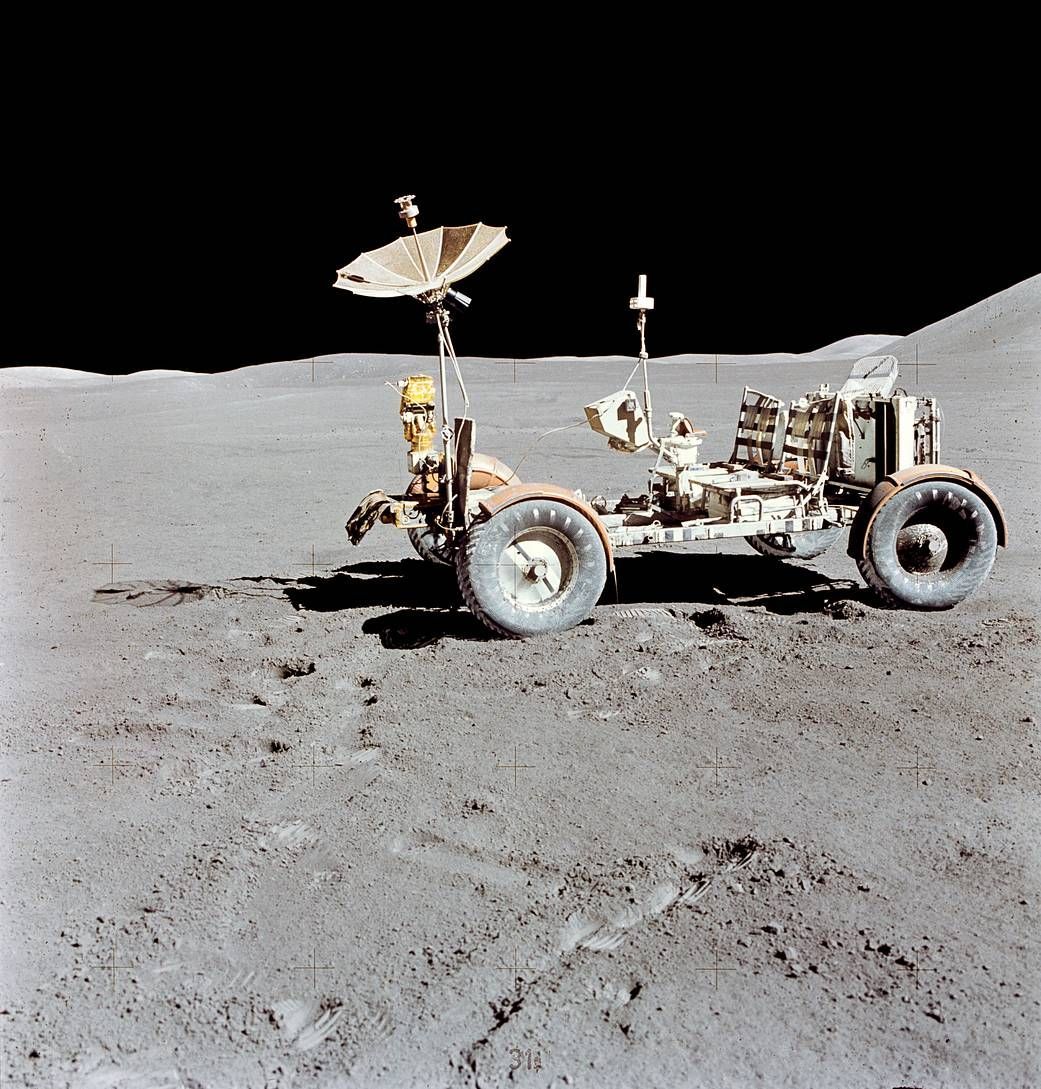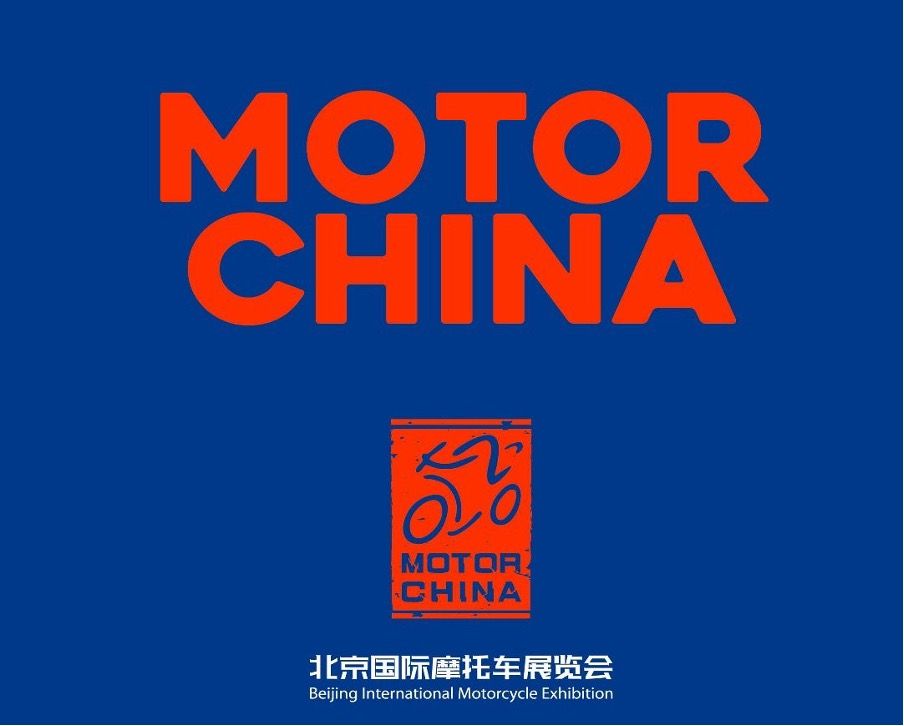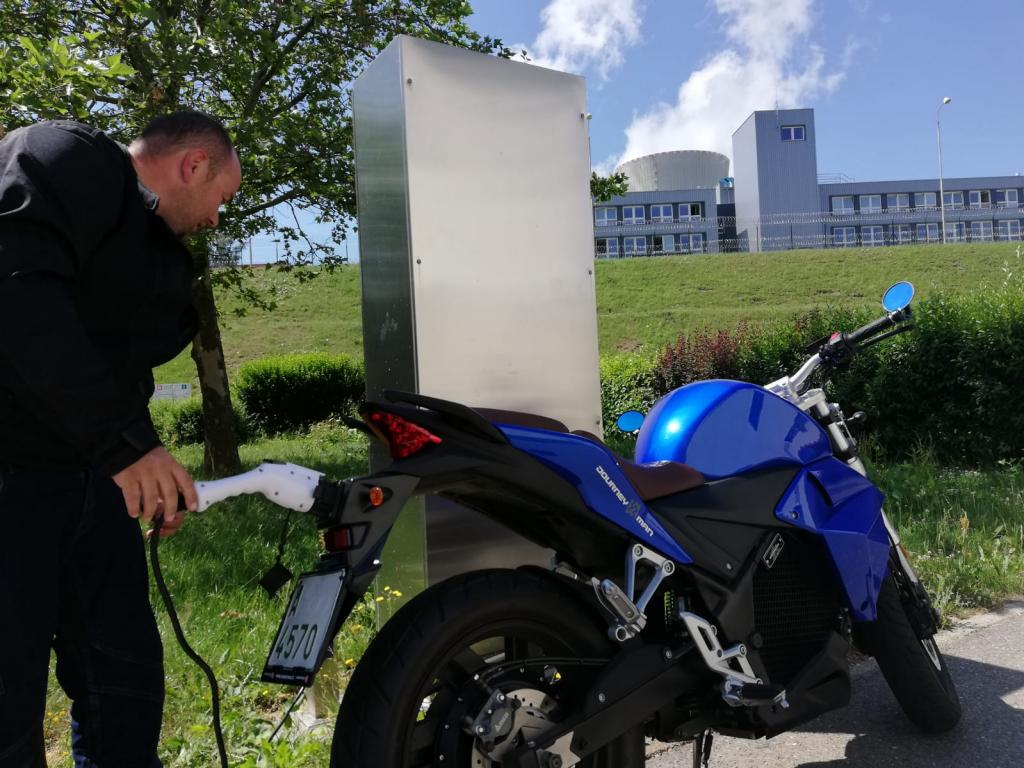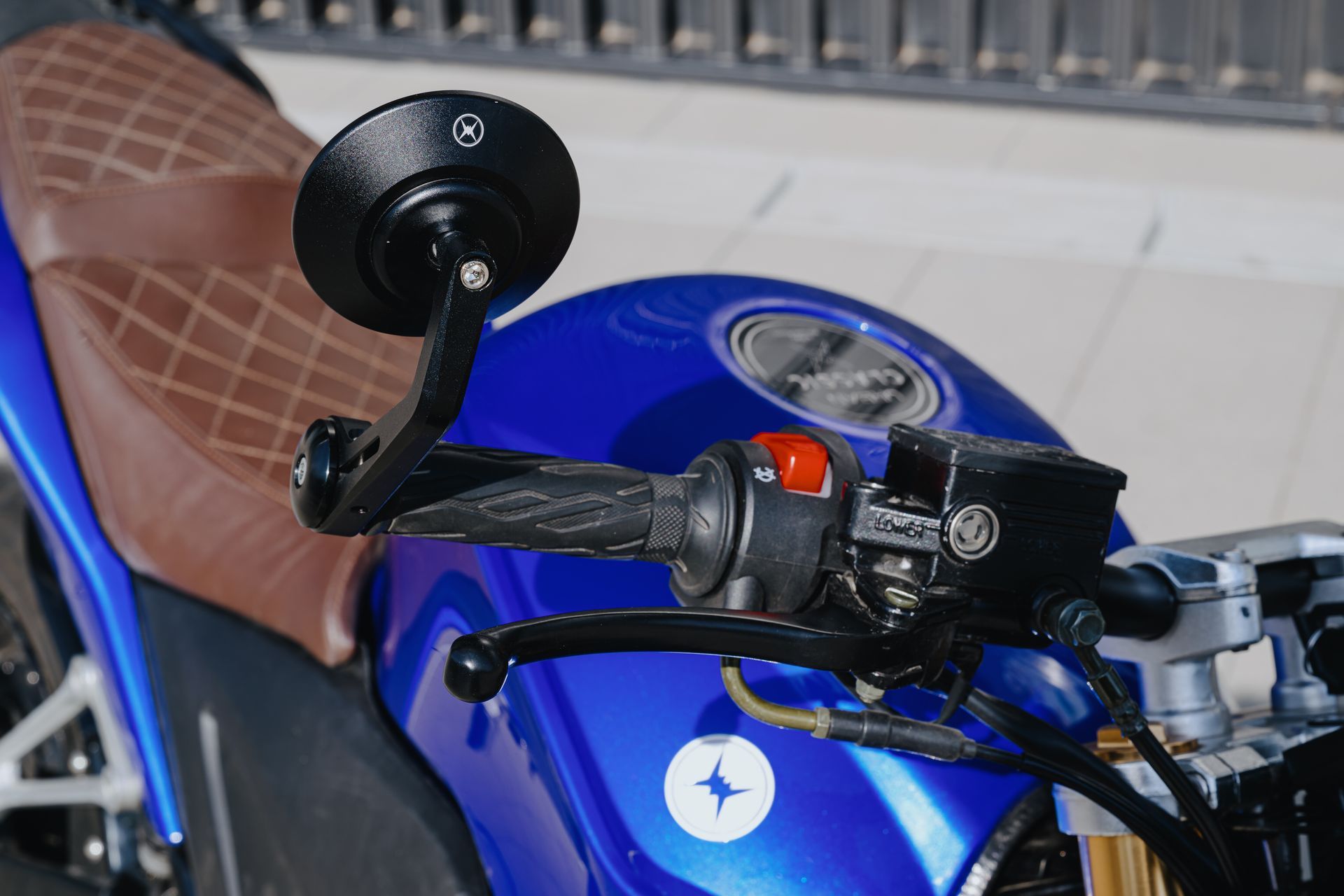What is WMTC and Why Should E-Motorcycle Drivers Care?
As an electric motorcycle driver, should you concern yourself about the World Motorcycle Test Cycle (WMTC)?

Astute motorcycle drivers will have several factors to consider when buying a bike. Some would consider the overall look, driving comfort, and even its power, while others would focus on the bike’s efficiency. The best way to assess these is to see the electric motorcycle run on real-life driving conditions, and this is the goal why the United Nations European Commission for Europe (UNECE) proposed the World Motorcycle Test Cycle (WMTC) . But, what is it, exactly?
What is the World Motorcycle Test Cycle (WMTC)?
The World Motorcycle Test Cycle (WMTC) is a set of driving cycles that measures the energy consumption and emissions in motorcycles in relation to time. The goal of the WMTC is to come up with driving cycles that truly represent the real-world driving conditions for testing a finished motorcycle from urban traffic to highways. These driving cycles are often conducted by different organizations and countries to check the performance of a vehicle in terms of electric vehicle autonomy and polluting emissions.
Compared with the New European Driving Cycle (NEDC), the WMTC is a more dynamic test that includes more comprehensive acceleration and braking cycles. It is also notable for having a measurement procedure regarded as the golden standard globally.
The test is conducted in a laboratory using a rolling test bench. A typical WMTC procedure would include the following flow chart:
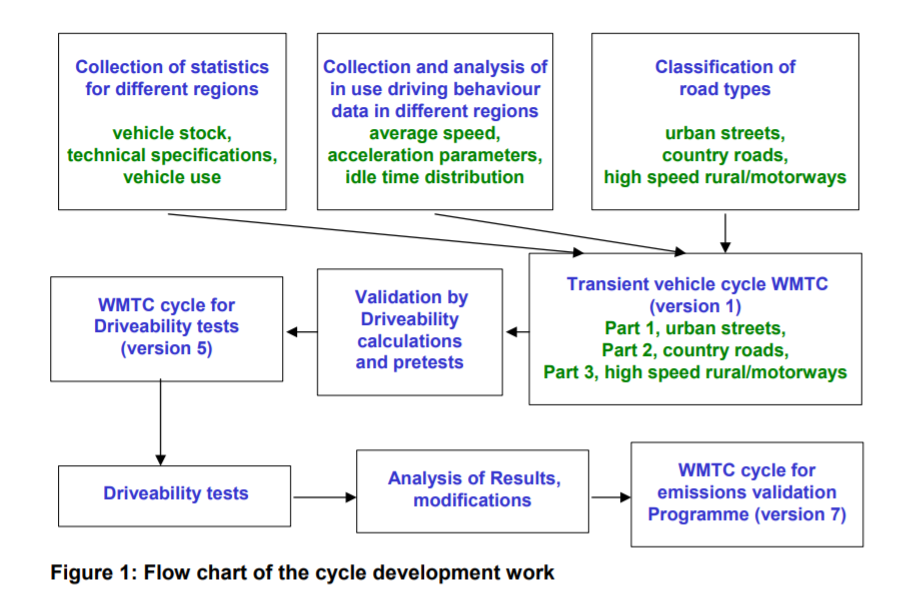
As mentioned, the goal is to recreate reality as closely as possible while minimizing possible variances. As such, all vehicles of the same type and structure should have similar results wherever they may be in the world. It also tests in-use driving behavior data that is representative for the worldwide motorcycle driving behavior. While an ordinary rider would still find it difficult to replicate, it’s the best attempt to address the driving cycles.
Why Should Electric Motorcycle Riders Know WMTC?
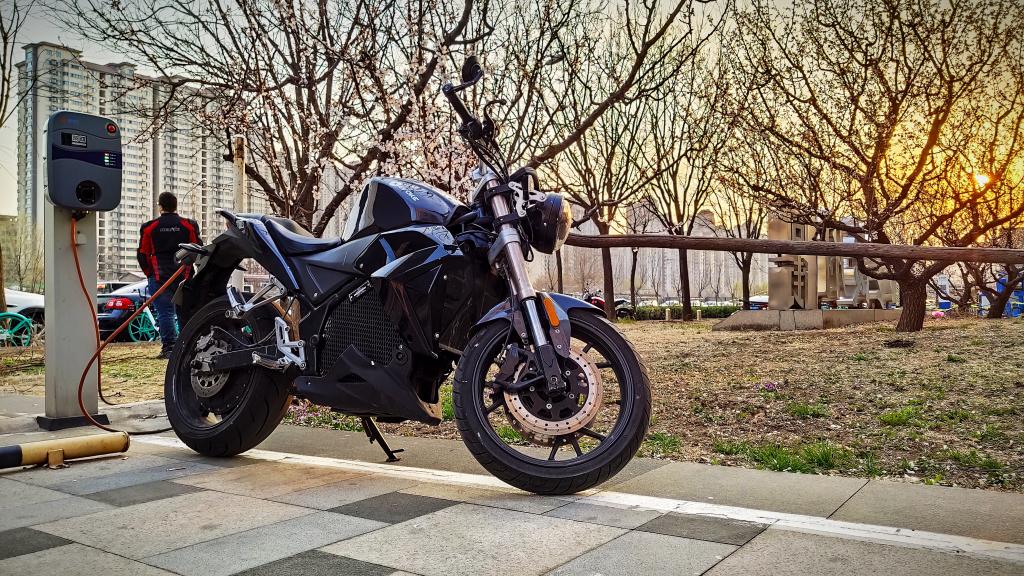
The WMTC is not an obligatory test that motorcycle manufacturers have to adhere to. However, if they wish to sell their bikes within a regulated market like the European Union (EU), they must undergo the test cycle. This is important for electric motorcycle riders to know from the countries under the EU as they have to make sure the bike they are using meets the standards.
Electric motorcycle riders must also understand that the WMTC test do not take into account differences in ambient conditions, including:
- altitudes
- different road surfaces
- driver behavior
- temperatures
- a whole range of other aspects that have to be taken into account to represent a real drive test
Electric motorcycle drivers need to understand that the EV’s energy consumption would depend on the conditions, as mentioned above. These factors are challenging to simulate in test benches and would often change.
Energy efficiency and consumption would impact the advantages of driving an EV and, of course, its true range. Range is something that most electric motorcycles would want to significantly factor into their choice of electric bike, particularly for countries where charging infrastructure is not as expanded as that of California, for example.
And this is why it’s essential to choose an electric motorcycle that already factors these conditions during the manufacturing stage through the power of big data .


